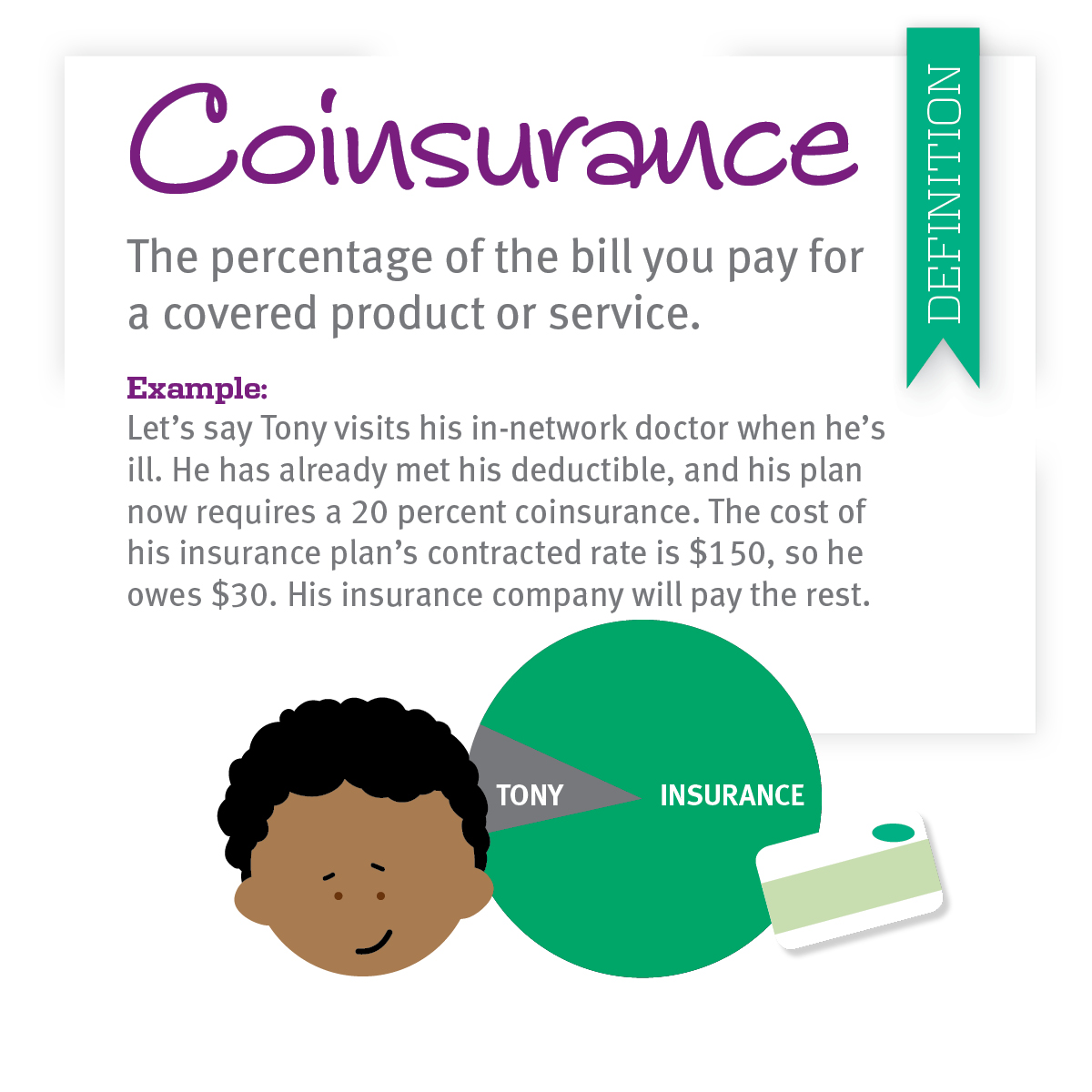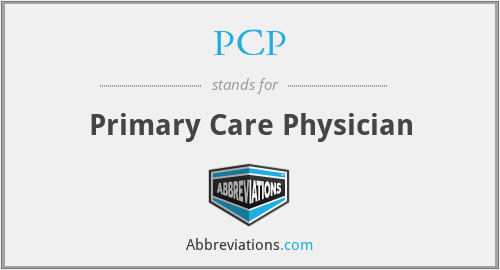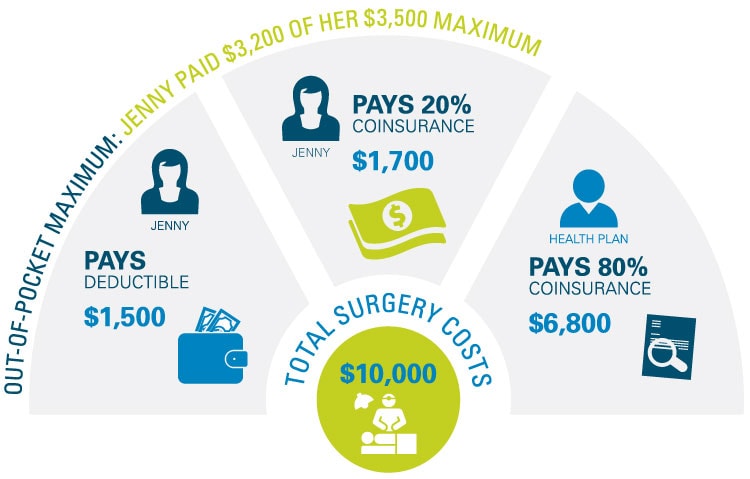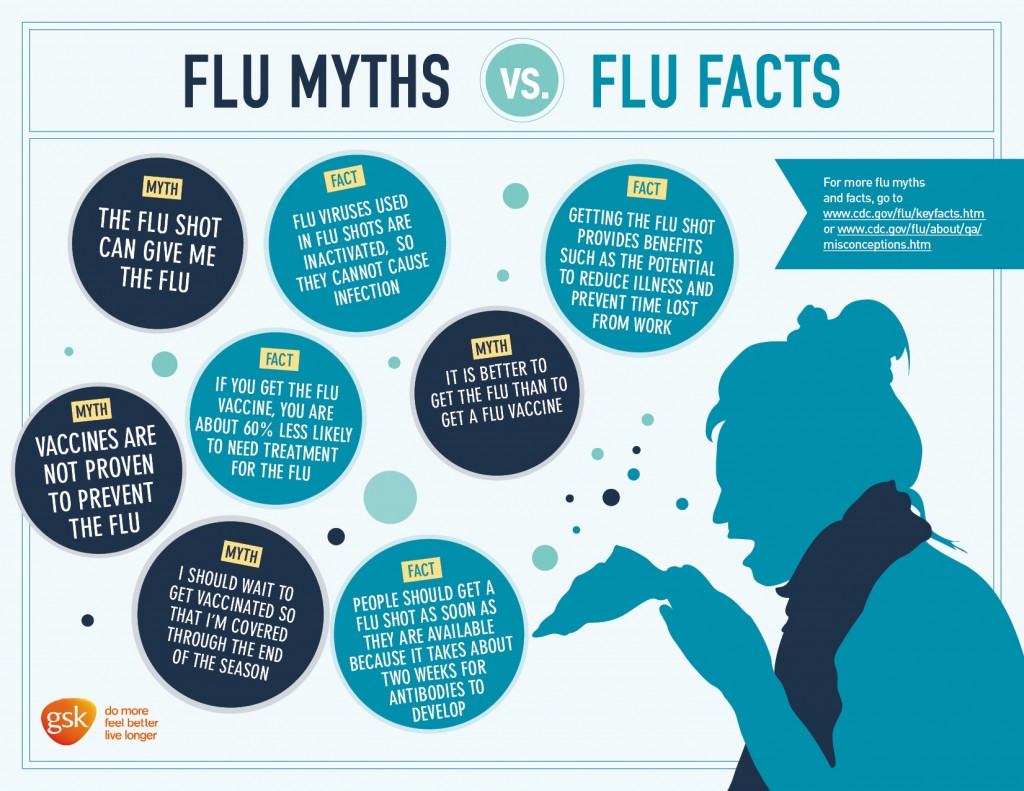The most you have to pay for covered services in a plan year. The insurer still wont pay for everything though.
 Out Of Pocket Costs What You Need To Know
Out Of Pocket Costs What You Need To Know
A plan year is the 12 months between the date your coverage is effective and the date.

Health insurance out of pocket meaning. If there are other out-of-pocket expenses that an employee would have to incur. Health insurance out of pocket generally means the amount you must pay for your share of in network coinsurance after you have satisfied your deductible. Health insurance plans have an.
An out-of-pocket maximum is a cap or limit on the amount of money you have to pay for covered health care services in a plan year. Out of pocket in the context of insurance refers to health care expenses the policyholder has to pay with their own financial resources. Insurance will cover a portion of your costs and.
The insurance company also sets a maximum amount that youll have for medical expenses on. Many times insurance companies will have out of pocket maximums or deductibles that mean an employee only ever has to pay so much of their own money in a year before being reimbursed. Out-of-pocket costs sometimes called OOP There are often out-of-pocket costs you must pay when you use health care services even when you have insurance such as a visit to the doctor or.
Out-of-pocket expenses are the costs of medical care that are not covered by insurance and that you need to pay for on your own or out of pocket In health insurance your out-of-pocket expenses include deductibles coinsurance copays and any services that are not covered by your health plan. In this case after the out-of-pocket payment the insurer can expect the insurer to cover all future medical expenses. Often health insurance policies include an out-of-pocket limit or maximum over the course of a year.
After you spend this amount on deductibles copayments and coinsurance for in-network care and services your health plan pays 100 of the costs of covered benefits. Out-of-pocket costs refer to the portion of your covered medical expenses that you can expect to pay during the course of a plan year although they typically only refer to in-network costs for essential health benefits as there are no regulations in place to cap how much people spend on out-of-network care and insurers are not required to cover services that arent considered essential health benefits. A way out of a p.
Literal Meanings of Out Of Pocket Out. In a health insurance plan your deductible is the amount of money you need to spend out of pocket before your health insurance starts covering your health care costs. Some health insurance plans call this an out-of-pocket limit.
Out-of-pocket maximum mean is the most a health insurance policyholder will pay each year for covered healthcare expenses. Do I have a copayment after out of pocket maximum. If you meet that limit your health plan will pay 100 of all covered health care costs for the rest of the plan year.
Health insurance usually includes a payment limit or a maximum of one year. This is a common question that comes up but its easy to answer if you know the technical definitions for both of these health insurance terms. An out-of-pocket maximum is a predetermined limited amount of money that an individual must pay before an insurance company or self-insured employer.
The out-of-pocket limit doesnt include. In terms of health insurance out-of-pocket expenses are your share of covered healthcare costs including the money you pay for deductibles copays and coinsurance. Some plans will include your deductible in your out of pocket limit but most dont.
This can be very frustrating for employees however if they are constantly short on cash that they need to be repaid. A copayment is an out of pocket payment that you make towards typical medical costs like doctors office visits or an emergency room visit.




